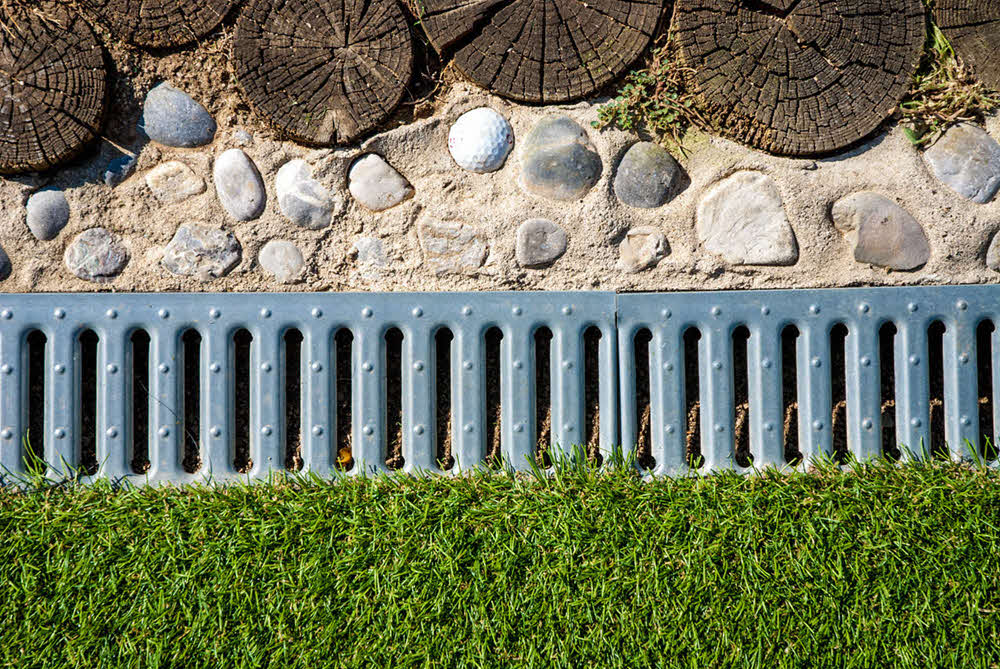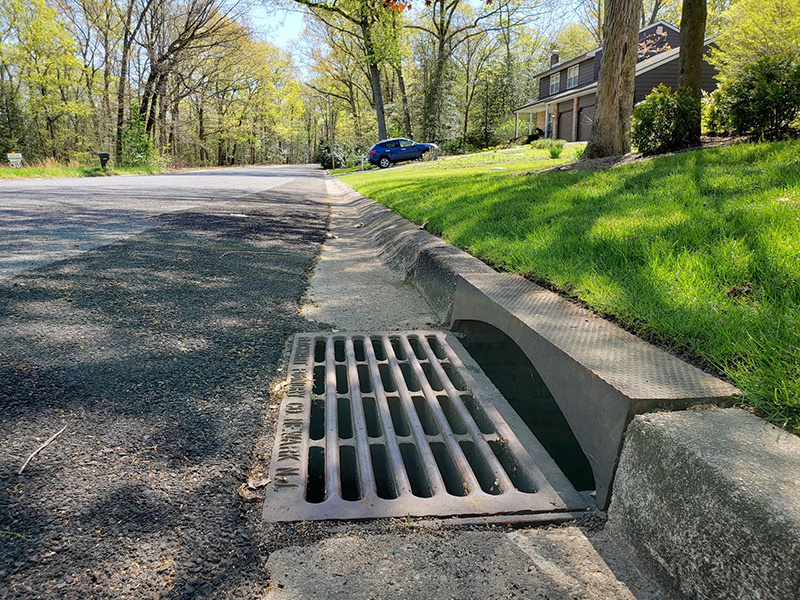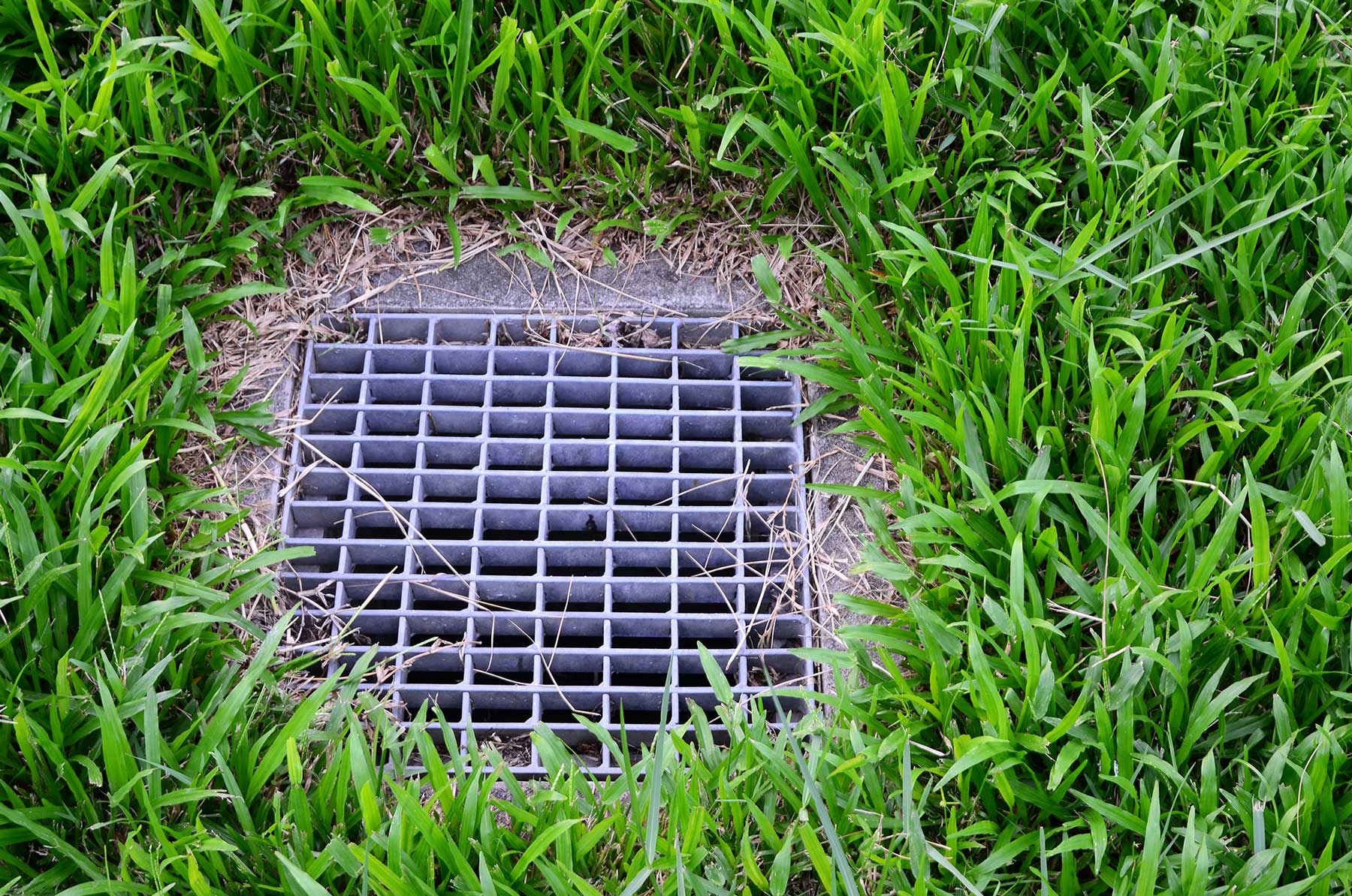Residential Storm Drain Servicesin Clay Township MI
Residential Storm Drain Solutions to Protect Your Home from Water Damage
We Are Locally Owned & Operated For Over 37 Years
Contact Us Today!
We Serve Businesses In And Around The Following Cities:
About Residential Storm Drain Services
An Introduction to Residential Storm Drains in Clay Township
Clay Township, a bustling urban environment, is no stranger to heavy rainfalls. While the city’s charm lies in its unique weather patterns, excessive rainfall can lead to substantial challenges for commercial properties. One key, yet often overlooked, aspect of safeguarding these properties is an efficient residential storm drain system. The essentials of managing stormwater involve having an operable drain for the driveway, yard, basement, and other pivotal places.
Storm drains, specifically those designed for residential properties, are integral components of a city infrastructure. They are vital in Clay Township as they directly control and manage the runoff from storms, prevent floods, and ensure a sustainable urban environment. As complex as it sounds, setting up residential storm drain systems does not belong exclusively to the realm of engineers or urban planners. Firms such as D&J Contracting offer exceptional service, making this process streamlined and efficient.
Anatomy of the Residential Storm Drain System
A residential storm drain system has a critical role in managing rainwater. Most commercial properties have storm drains in the yard, driveway, and basement to ensure rainwater does not accumulate and cause potential damage. Think of this system as an entire network, with different drains in various parts of a property, all funneling the water away.
A typical house storm drain, for example, is often attached to rooftops, redirecting the water run-off to a suitable discharge point. Whether it is a driveway, a yard, or a basement, incorporating storm drains in these essential areas prevents flooding and water damage – an issue that is all too familiar to residents of Clay Township. Performance benchmarks start from designing a comprehensive storm drain for the house and spread to incorporating effective storm drains for driveways, yards, and basements. Investing in quality storm drain systems with experienced service providers such as D&J Contracting is particularly crucial.
Residential Storm Drain Systems: Process and Benefits
At its core, the process of setting up a residential storm drain involves first surveying the area, followed by designing a drain layout that optimizes flow paths with the lowest cost. Once installation commences, careful attention is given to ensuring the correct slope and placement. The process often ends with the creation of an outlet, typically a local body of water, a sprinkle system, or a rain garden where the water can be absorbed correctly.
The benefits of having a proper residential storm drain system are numerous. Firstly, it helps ensure the property is safe during heavy rainfalls. It prevents the accumulation of water in your yard, driveway, and basement, avoiding potential structural damage. Additionally, a correctly designed storm water discharge system adds to the value of a property. Considering the unpredictable weather of Clay Township, taking steps towards an effective storm drain system becomes all the more crucial.
Real-world Applications and Testimonials
Consider one of the commercial properties in Clay Township where D&J Contracting had successfully installed a comprehensive residential storm drain system. The property, notorious for regularly flooding basements during heavy downpours, turned a new leaf when their new storm drain system successfully diverted all storm water out of the property. The house storm drain, in conjunction with a backyard storm drain, ensured the property was safe, preserving its structural integrity.
A local retail store owner, another client of D&J Contracting, shared how the introduction of a storm drain in their yard and driveway improved the safety conditions for their customers during storm events. Given the frequency of extreme weather events in Clay Township, cost-effective solutions like these are invaluable.
Navigating Your Way Forward with Storm Drains
Designing and managing a residential storm drain for commercial premises may seem daunting. But by understanding the functional benefits of a system – from storm drains for the driveway and yard to storm drains in the basement – commercial property owners can make informed decisions.
In areas such as Clay Township, where rainfall stands as a critical issue, taking these precautions becomes tantamount to the long-term health of the property. Firms such as D&J Contracting offer expert guidance and implementation, making the process easy and efficient. In an era where urban responsibilities increasingly fall on the shoulders of property owners, residential storm drains are more than just an option – they are a necessity.
Final Thoughts
As we gauge the significance of storm drain systems, especially in regions prone to heavy rainfall like Clay Township, it’s crucial to note that investing in a comprehensive stormwater management system is more a necessity than a luxury. By protecting your property, you are contributing to the overall sustainability and resilience of the city. Rely on experienced service providers like D&J Contracting, who are ever-ready to help you navigate the complexities of installing efficient storm drain systems in your commercial property. Consider each element – from the storm drains in the yard to the ones in the basement – as pieces of a larger puzzle, working together to protect and enhance your commercial property.
Residential Storm Drain Services Gallery


Call Us Today to receive your Free Quote for
Residential Storm Drain in Clay Township
Serving: Clay Township, Michigan

About Clay Township, Michigan
The area was first settled by John Martin in 1805, and the area was originally referred to as Pointe du Chene (Oak Point). In 1826, the area was organized as Plainfield Township, which was named by early settler John K. Smith after his hometown of Plainfield, Vermont. A post office named Plainfield began operating here on April 5, 1826 with Smith serving as the first postmaster. In 1828, the township was reorganized and renamed after attorney and statesman Henry Clay, and the post office was later renamed Clay on December 23, 1835; Smith continued serving as postmaster. The post office was renamed Algonac on August 17, 1843. Algonac incorporated as a village within Clay Township in 1867. The village gained autonomy from the township when it incorporated as a city in 1967.
- Colony Tower Complex
- Harsen House
- LeRoy Smith House
- North Channel Shooting Club
- St. Clair River Informational Designation
- Stewart Farm / Memoir of Aura Stewart
- St. Clair Flats Front and Rear Range Light
According to the U.S. Census Bureau, the township has a total area of 82.47 square miles (213.60 km), of which 35.32 square miles (91.48 km) is land and 47.15 square miles (122.12 km) (57.17%) is water.
The township contains a large portion of water that includes areas along the St. Clair River mouth in the northern Anchor Bay area of Lake St. Clair, which contains numerous channels and canals. Directly across the river is the Walpole Island First Nation in Ontario, which is accessible via the Walpole–Algonac Ferry in downtown Algonac.
The St. Clair Flats State Wildlife Area and the majority of the St. John’s Marsh State Wildlife Area are located within Clay Township. Most of Algonac State Park is located within Clay Township with a small portion extending north into Cottrellville Township.
- Bedore is an unincorporated community located along the southern coast of Harsens Island at 42°33′28″N 82°36′47″W / 42.5578126°N 82.6129630°W.
- Clays Landing is an unincorporated community located at the southern terminus of M-154 on Harsens Island at 42°33′06″N 82°36′16″W / 42.5517016°N 82.6043512°W.
- Forster is an unincorporated community located just west of Bedore at 42°33′40″N 82°37′06″W / 42.5611459°N 82.6182410°W.
- Grand Pointe is an unincorporated community located in the northeastern area of Harsens Island at 42°35′58″N 82°32′43″W / 42.5994788°N 82.5451844°W. The affluent community was settled as early as 1888 by the Grand Pointe Improvement Company, and a post office operated briefly from October 16, 1889 until January 5, 1892.
- Harsens Island is the name of the post office that serves the island and several surrounding islands. Harsens Island was first settled as early as 1779 by James Harsen, who was the area’s first white settler. By 1783, Harsen had purchased the entire island from its native Indian population. As late as 1809, the island was also known as James (also Jacob or Jacobus) Island. The post office began operating under the name Sans Souci on April 24, 1900 and was renamed Harsens Island on December 31, 1960. The post office uses the 48028 ZIP Code.
- Maple Leaf is an unincorporated community located on Harsens Island just southwest of the community of Sans Souci at 42°34′41″N 82°34′11″W / 42.5780902°N 82.5696288°W.
- Miller is an unincorporated community located near the southernmost end of Harsens Island at the end of public road access at 42°32′57″N 82°39′32″W / 42.5492017°N 82.6587976°W.
- Muirs is an unincorporated community located along M-154 on Harsens Island at 42°33′23″N 82°35′14″W / 42.5564238°N 82.5871285°W.
- Pearl Beach is an unincorporated community and census-designated place (CDP) located along the southern end of the mainland at 42°37′36″N 82°35′52″W / 42.6267006°N 82.5976876°W.
- Perch Point is an unincorporated community located along M-29 in the northwestern portion of the township along the border with Ira Township at 42°39′54″N 82°37′13″W / 42.6650333°N 82.6201900°W.
- Pointe aux Tremble is an unincorporated community located along M-29 within the Pearl Beach CDP at 42°37′17″N 82°34′16″W / 42.6214230°N 82.5710196°W. The community was settled in 1904 as a station along the railway about 3.0 miles (4.8 km) west of Algonac.
- Riverside is an unincorporated community located in the southern portion of Harsens Island at 42°33′32″N 82°37′49″W / 42.5589237°N 82.6301859°W.
- Roberts Landing is an unincorporated community located along M-29 near Algonac State Park along the border with Cottrellville Township at 42°39′35″N 82°30′57″W / 42.6597561°N 82.5157415°W. The community was named after its first settler, who arrived here in 1830. The Roberts family settled the area as a popular fishing and hunting destination. A post office operated here from April 29, 1869 until December 15, 1895.
- Sans Souci is an unincorporated community located on Harsens Island at 42°34′52″N 82°33′44″W / 42.5811490°N 82.5621580°W.
As of the census of 2000, there were 9,822 people, 3,934 households, and 2,844 families residing in the township. The population density was 277.0 inhabitants per square mile (107.0/km). There were 5,325 housing units at an average density of 150.2 per square mile (58.0/km). The racial makeup of the township was 97.92% White, 0.20% African American, 0.68% Native American, 0.11% Asian, 0.21% from other races, and 0.87% from two or more races. Hispanic or Latino of any race were 0.85% of the population.
There were 3,934 households, out of which 27.9% had children under the age of 18 living with them, 61.3% were married couples living together, 7.0% had a female householder with no husband present, and 27.7% were non-families. 22.9% of all households were made up of individuals, and 9.2% had someone living alone who was 65 years of age or older. The average household size was 2.50 and the average family size was 2.94.
In the township the population was spread out, with 22.6% under the age of 18, 6.5% from 18 to 24, 28.2% from 25 to 44, 28.8% from 45 to 64, and 13.9% who were 65 years of age or older. The median age was 41 years. For every 100 females, there were 103.6 males. For every 100 females age 18 and over, there were 103.2 males.
The median income for a household in the township was $55,059, and the median income for a family was $63,182. Males had a median income of $48,053 versus $31,923 for females. The per capita income for the township was $27,169. About 2.3% of families and 4.7% of the population were below the poverty line, including 6.7% of those under age 18 and 3.6% of those age 65 or over.
Call Us Today to receive your Free Quote for
Residential Storm Drain in Clay Township
Related Services in Clay Township, Michigan
We Serve Businesses In The Following Zip Codes:
48007, 48015, 48021, 48026, 48035, 48036, 48038, 48042, 48043, 48044, 48045, 48046, 48047, 48048, 48050, 48051, 48066, 48071, 48080, 48081, 48082, 48083, 48084, 48085, 48088, 48089, 48090, 48091, 48092, 48093, 48098, 48099, 48225, 48230, 48236, 48310, 48311, 48312, 48313, 48314, 48315, 48316, 48317, 48318, 48397